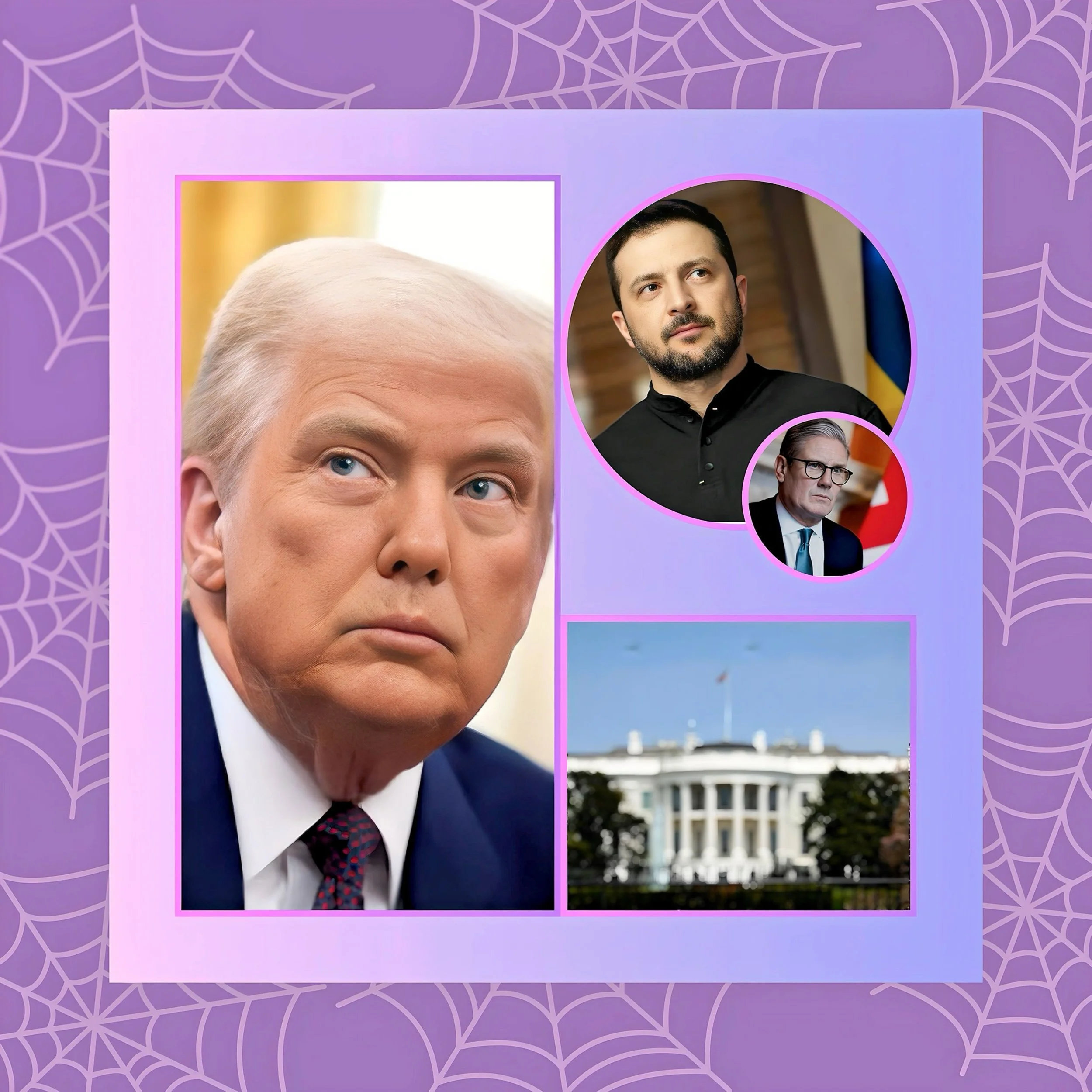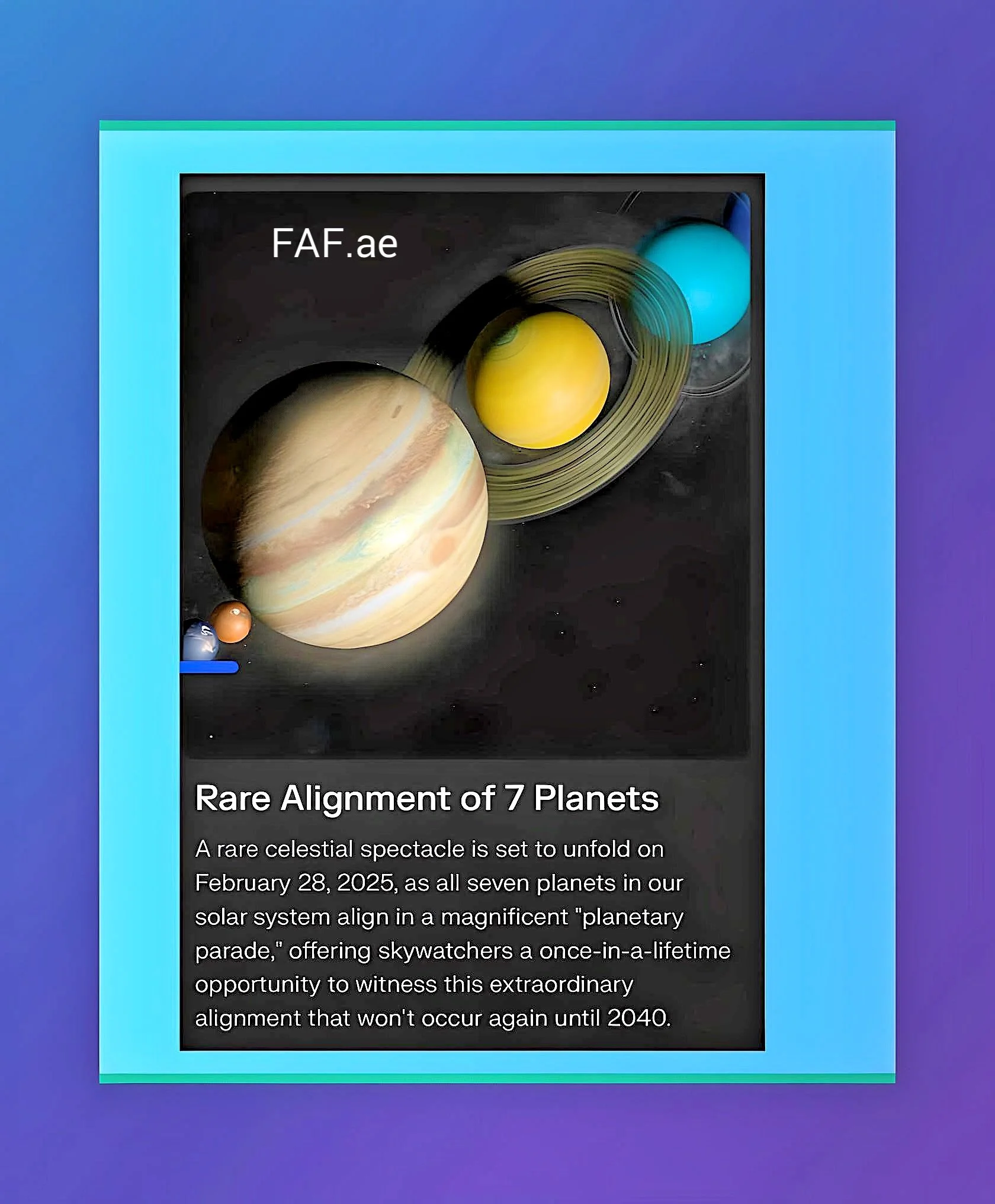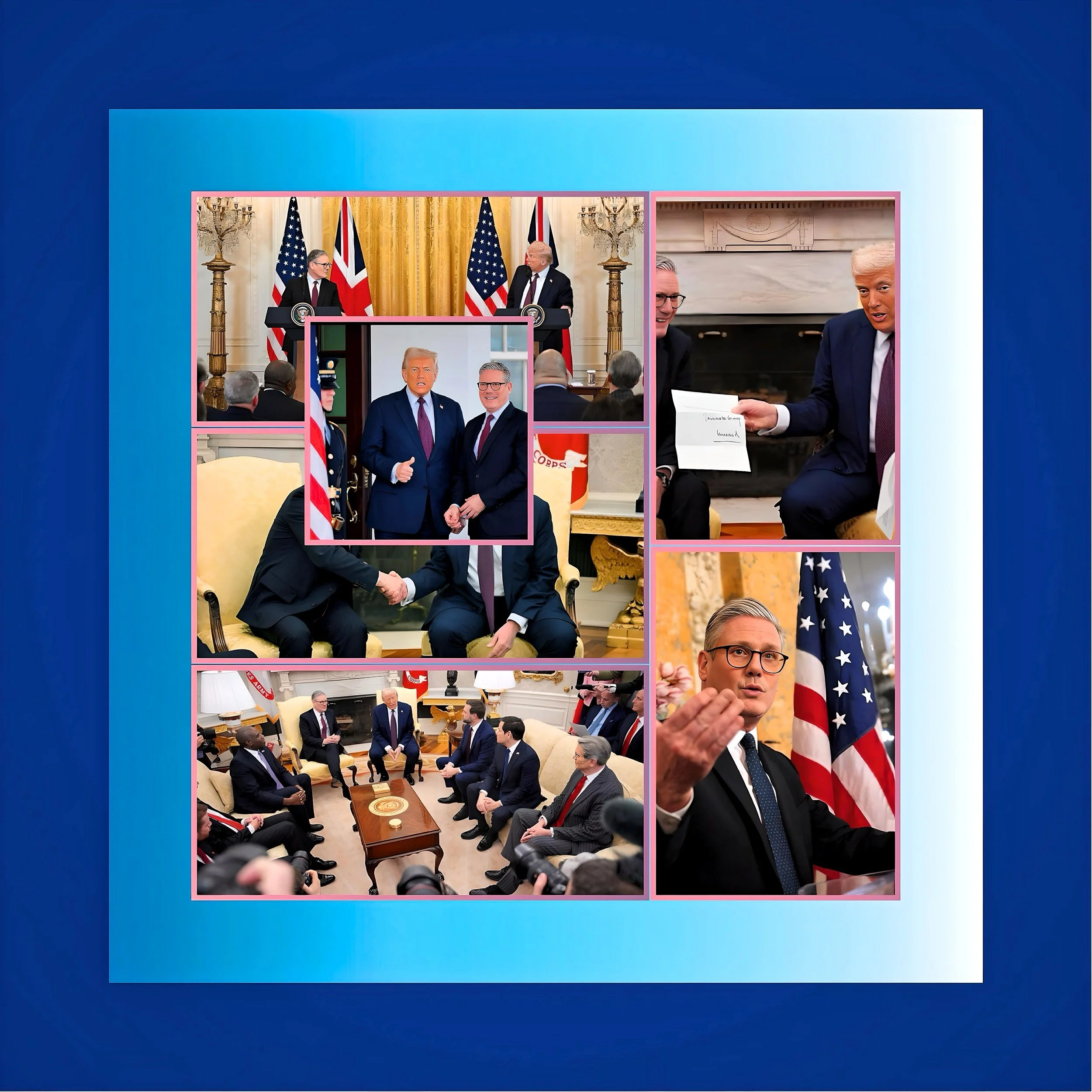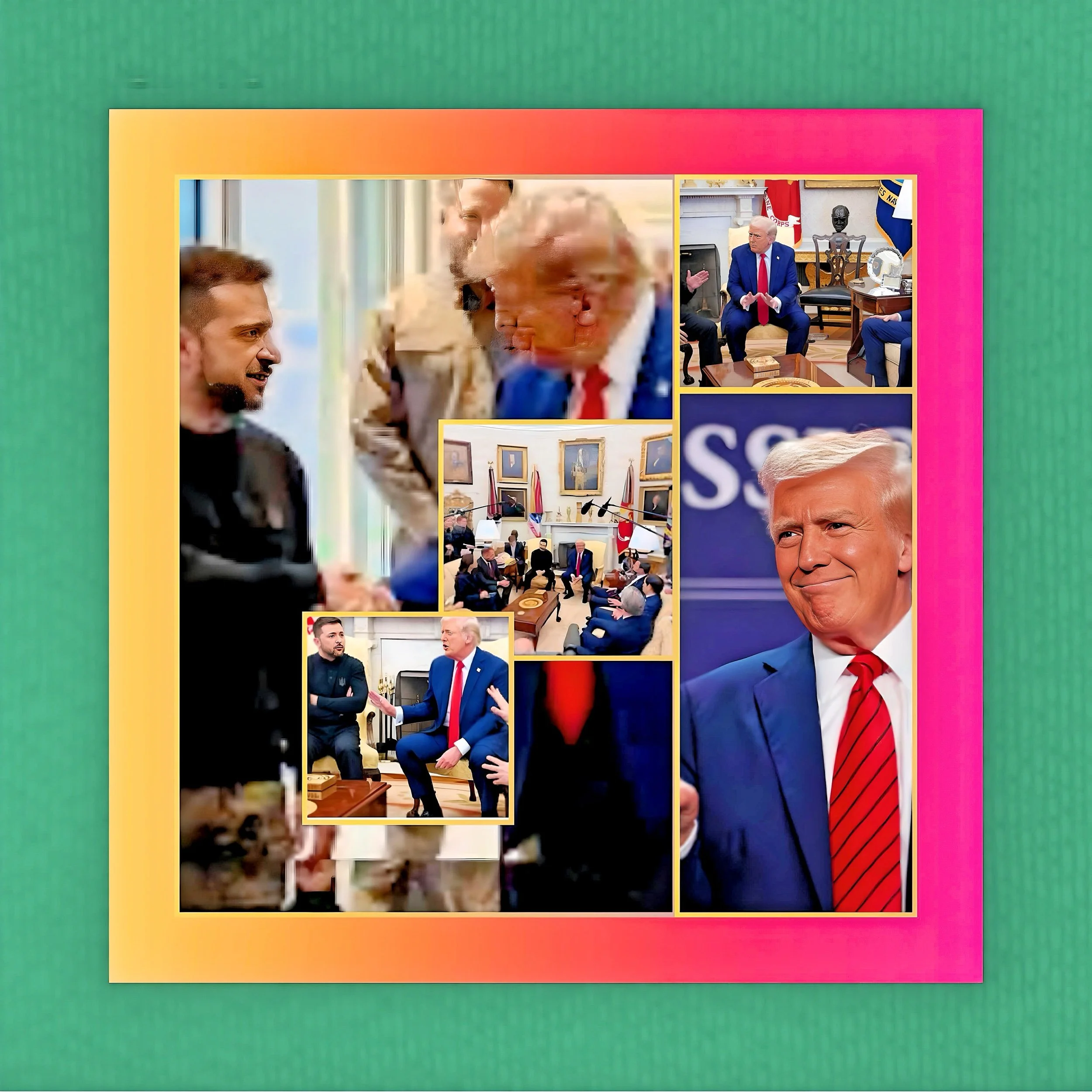Trump Hosts Starmer and Zelenskyy at the White House: Key Developments and Implications
Introduction
President Donald Trump’s meetings with British Prime Minister Keir Starmer and Ukrainian President Volodymyr Zelenskyy at the White House mark a critical juncture in transatlantic diplomacy, driven by shifting U.S. foreign policy and escalating geopolitical tensions over Ukraine.
Below is a synthesis of the key details, strategic agendas, and potential outcomes from these high-stakes engagements.
Meeting Context and Objectives
Timeline
February 27, 2025: Starmer meets Trump to advocate for Ukraine’s inclusion in peace talks and European security assurances.
February 28, 2025: Zelenskyy arrives to finalize a U.S.-Ukraine critical minerals deal, granting American access to Ukrainian resources (e.g., lithium, titanium) vital for defense and tech sectors.
Key Agendas
Starmer’s Goals:
Persuade Trump to ensure Ukraine’s participation in negotiations with Russia, countering fears of a U.S.-Russia deal that sidelines Kyiv and Europe.
Secure U.S. backing for a European peacekeeping force (30,000 troops) to stabilize post-ceasefire Ukraine, contingent on U.S. logistical and air support.
Highlight the UK’s defense spending increase (2.5% GDP by 2027, 3% by 2035) to align with Trump’s demands for NATO burden-sharing.
Zelenskyy’s Priorities
Finalize the minerals agreement while seeking explicit security guarantees from the U.S. amid Trump’s reluctance.
Counter Trump’s claims that Ukraine “has no leverage” and resist pressure to concede territory for a ceasefire.
The Critical Minerals Deal
Details
Scope: Grants U.S. companies access to Ukraine’s rare earth minerals, crucial for aerospace, defense, and nuclear industries.
Controversies
Trump framed the deal as recouping $350 billion in prior aid to Ukraine, a figure disputed as inflated.
Zelenskyy seeks assurances that the U.S. remains a “primary security guarantor,” but Trump deferred responsibility to Europe: “We’re going to have Europe handle that”.
Implications
Economic: Positions the U.S. to reduce reliance on Chinese minerals but risks exploiting Ukrainian resources without long-term security commitments.
Political: Zelenskyy faces domestic backlash if perceived as trading sovereignty for transient gains.
U.S.-Europe Tensions and Diplomatic Maneuvering
Trump’s Unilateral Shift:
Engagement with Russia: Trump’s direct talks with Putin and reluctance to blame Russia at the U.N. have alarmed European allies, who fear a “grand bargain” sacrificing Ukrainian sovereignty.
NATO Skepticism: Trump’s demand for European nations to raise defense spending to 5% GDP (vs. current 2.5% in the UK) strains alliances, with the U.S. prioritizing Indo-Pacific challenges over Europe.
European Countermeasures:
Starmer’s Mediation: Positioned as a “bridge” between the U.S. and Europe, leveraging the UK’s defense commitments and diplomatic stability.
Macron’s Parallel Efforts: France’s earlier White House visit sought similar assurances, reflecting unified European anxiety over U.S. disengagement.
Risks and Strategic Outcomes
For Ukraine
Security Void: Without binding U.S. guarantees, Ukraine risks dependence on a fractured European coalition ill-equipped to deter future Russian aggression.
Minerals as Leverage: The deal may offer short-term economic relief but could weaken Kyiv’s negotiating power in peace talks.
For the U.S. and UK:
Transatlantic Strain: Trump’s tariffs on EU goods (25% on autos) and transactional approach risk fragmenting NATO unity, emboldening China and Russia.
Starmer’s Tightrope: Balancing support for Ukraine with appeasing Trump’s demands risks alienating European partners or appearing subservient to U.S. interests.
Potential Scenarios
Fragile Truce: A ceasefire brokered without Ukrainian input could collapse, reigniting conflict and damaging Trump’s legacy.
European Autonomy: Accelerated EU defense integration and tech partnerships (e.g., AI, quantum computing) to counter U.S. disengagement.
Conclusion
The White House meetings underscore a pivotal moment in Ukraine war diplomacy, with Trump’s transactional realism clashing with European multilateralism.
While the minerals deal advances U.S. economic interests, the absence of robust security commitments leaves Ukraine vulnerable.
Starmer’s defense pledges and peacekeeping proposals aim to salvage transatlantic cohesion but face skepticism from a Trump administration focused on “America First.”
As Zelenskyy navigates existential pressures, the outcomes of these talks will reverberate across global security architectures, testing the resilience of Western alliances in an increasingly fractured world order.
Key Citations
U.S.-Ukraine minerals deal and security concerns.
European defense spending and peacekeeping proposals.
Trump’s unilateral engagement with Russia.






